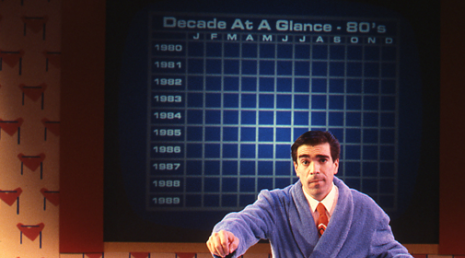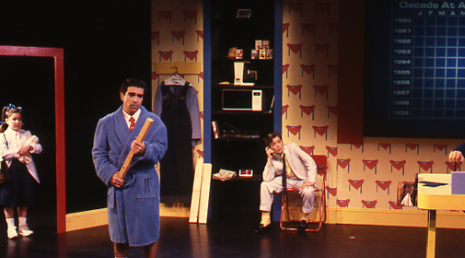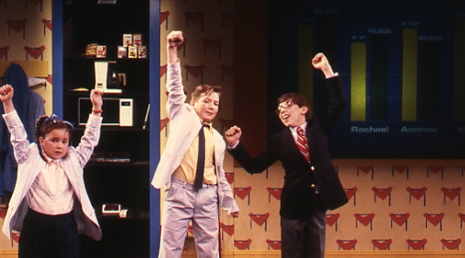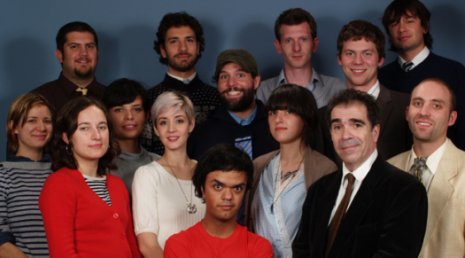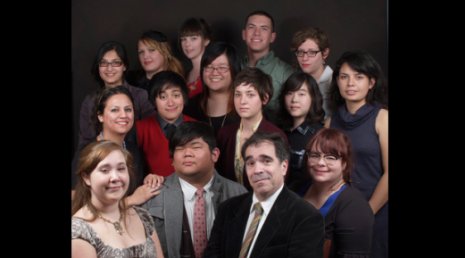Forms / Genres / Collaboration
The best part of starting a new project is the drawing stage . Sitting, daydreaming and making drawings and after running dry, coloring them in, and hoping something else will be presented to me for consideration. New ideas often come as the result of bad drawings and bad penmanship. The same is true when I’m out and about in the field but now it is the result of bad hearing, going off on a tangent, trying to make sense of what I was initially told. I follow red herrings and when I catch them, beat them to death and it gets frustrating, I ask myself, Where’s the joy? So I try to distract and convince myself that I am making progress and organize lists to quantify my random ideas and scribbles to get some sense of accomplishment and see how everything looks on the page and before asking myself yet again, where’s the joy? I give myself a break and if I am lucky, I see the lists as poetic laundry lists. I then pore over them and eventually themes come forward, they in turn suggest objects and situations filling up a world that Mike inhabits. Mike is usually alone in his world, so contact with his things takes on added significance as they represent his desires, expectations and hopes, adding color to a black and white picture.
Collaboration has played a major role in my work over the years. It started because I was in front of the camera and needed someone to make everything happen behind the camera. This has continued until today and my reasons have become more complex as I expand into various media, understanding less and less about each. Even though I am technically challenged and dependent on others to realize a project, more importantly I thrive on the back and forth exchange working with a collaborator. Not unlike my mother who used to say, “everything will be ok,” a good collaborator will tell me if something is or isn’t ok. They will tell me how to move on and how to stick with something that refuses to move on its own. The collaborators I have worked with have their own ideas and contribute 50% or more to realizing a project.
Mark Fischer and Joshua White have been my two major collaborators. Mark introduced me to video and together we produced my earliest and some of my best works. Josh helped shape and realize ideas that were barely kernels into full-fledged projects. He was probably the first director I worked with to make some of my most successful and complicated pieces. Music has also been a major part of my work. Mark Bingham and A. Leroy were great to work with and incredibly understanding of my tone and intent. They produced many songs and sound tracks to drive my works.
Not fun. No joy there.
Teaching helped me appreciate where I came from and how I developed in to who I am and what I do. I learned about the context I grew up in and the work I reacted against, Basically I got a crash course in art history and learned about Happenings, Futurism, and other avant-garde movements, I began to understood that avant-garde was not an adjective but a tried and true strategy that employed certain tactics that by the time I came around, they were not only wearing thin, but had lost their effectiveness. When I painted I believed in an avant-garde vision but a few years later when I was performing, the notion of an avant-garde seemed like an empty gesture.
Teaching put me in a situation ripe for reaction. I never thought I would teach. I never liked school. But I started to see myself as another person playing out a role and following path laid out for them. I too am part of the MFA puppy mill, except I have lost the cuteness and play of a puppy. Perhaps it is through the eyes and experiences of the student I hope to relive or recapture the joy, ambition and dreams of the eager young artist. Or the eager avant-garde painter I once considered myself to be.


